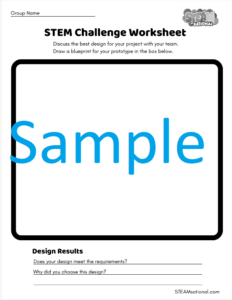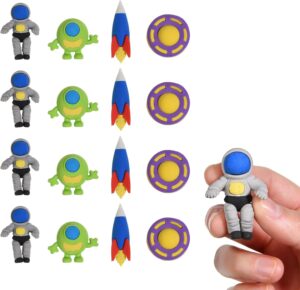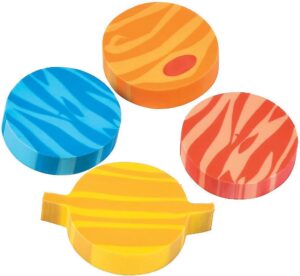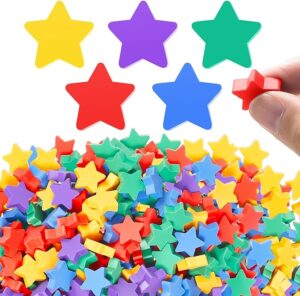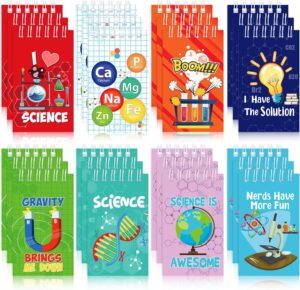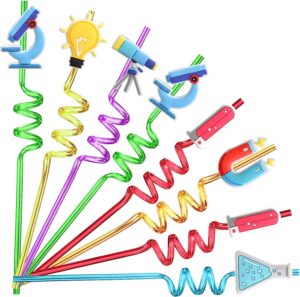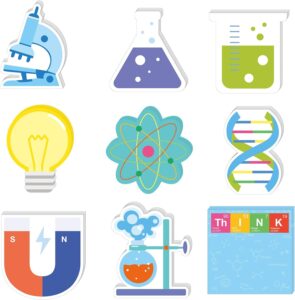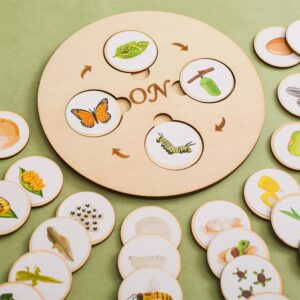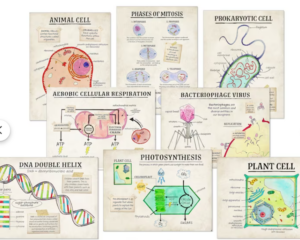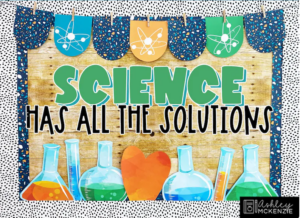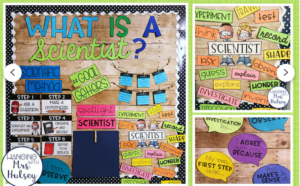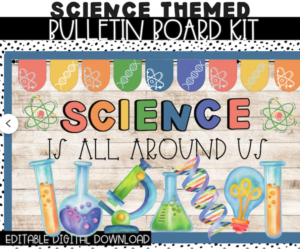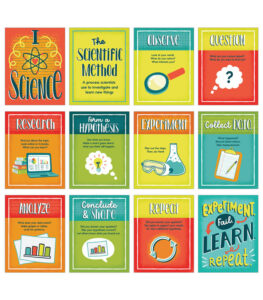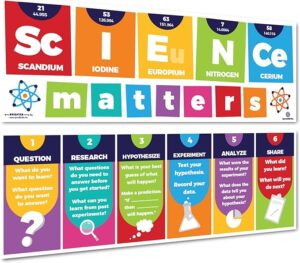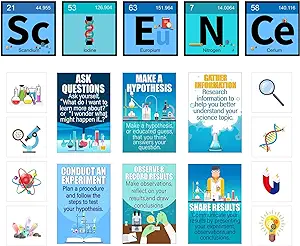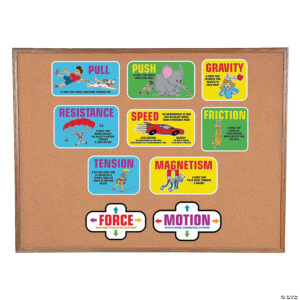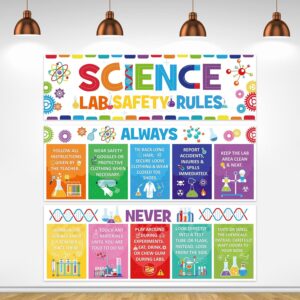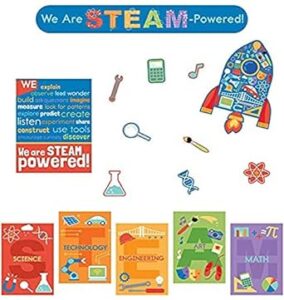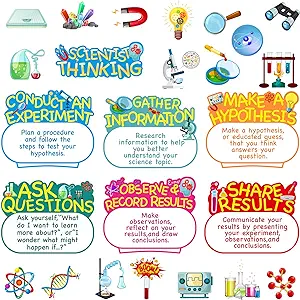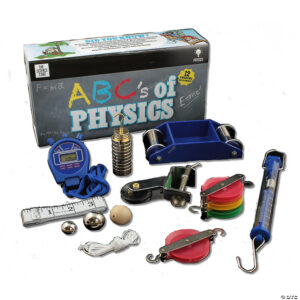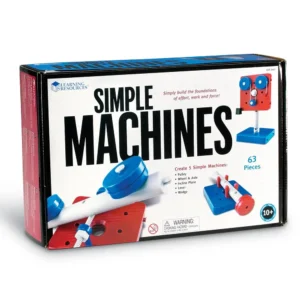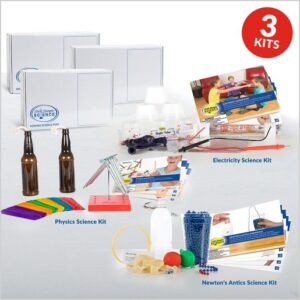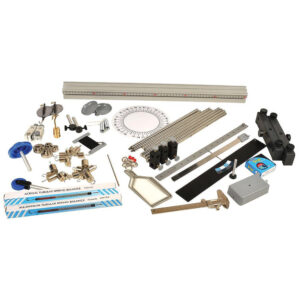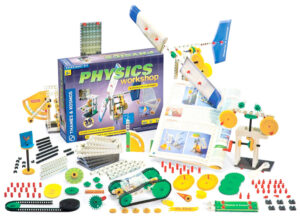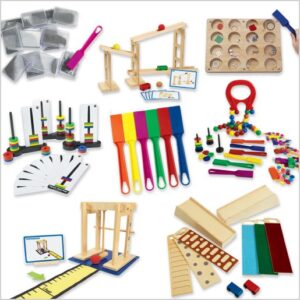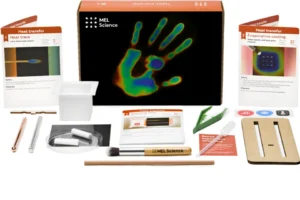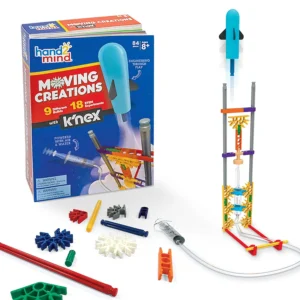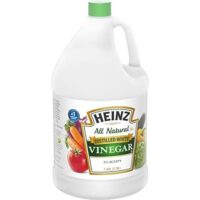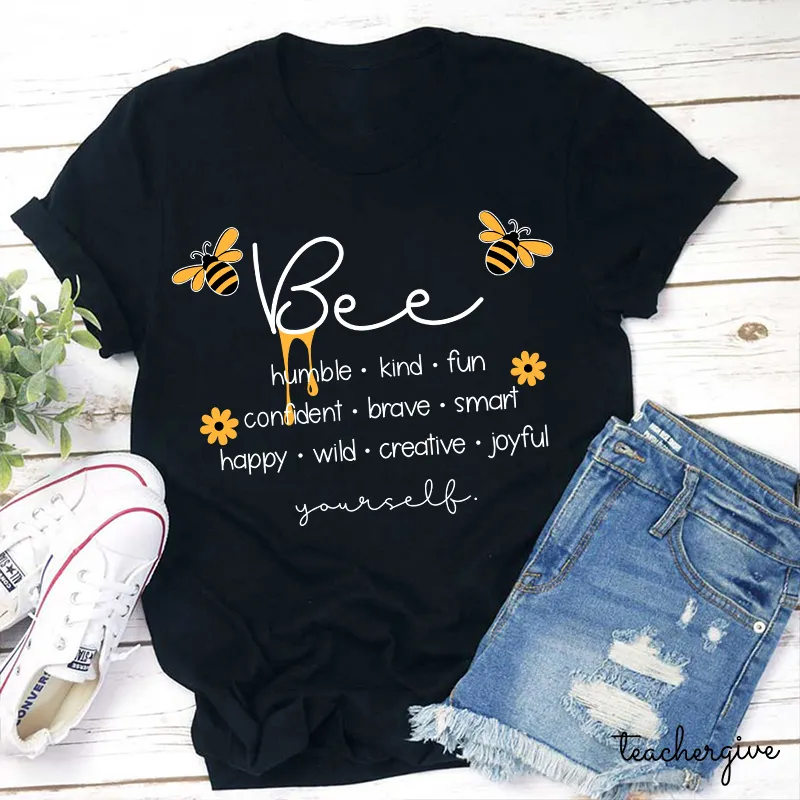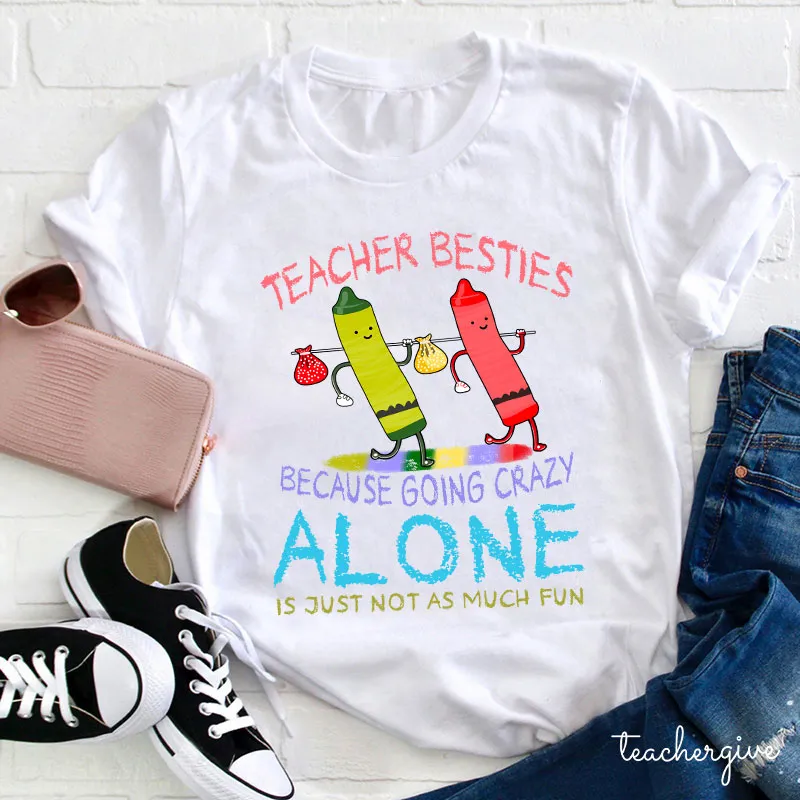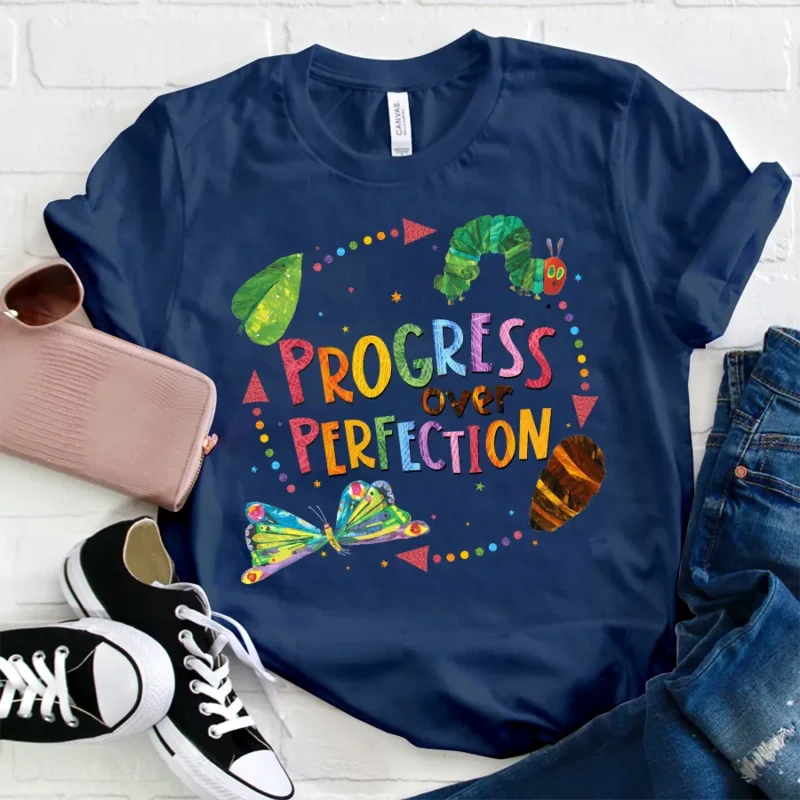Seasonal STEM activities are tons of fun, including fall chemistry experiments! This fun hands-on dancing cranberries experiment shows kids how a chemical reaction can work in real time. Inspired by the iconic Thanksgiving food of cranberries, the dancing cranberry science experiment allows students to explore chemistry in a new and seasonally-appropriate way and is perfect for Thanksgiving science activities.
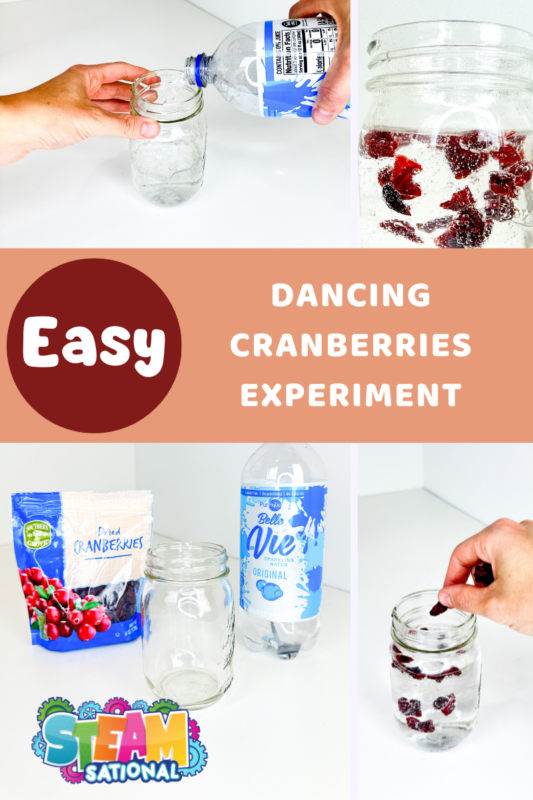
Before getting to the lesson plan details, read on to learn about the dancing cranberry science experiment goals, materials, and the science students will learn during this experiment.
What is the science experiment with cranberries?
The dancing cranberries experiment integrates art and science to make cranberry concepts fun and interactive, creating an enjoyable classroom experience.
The step-by-step process encourages exploration and experimentation, fostering curiosity and and love of science.
Table of Contents
Here is what you will need to do a complete lesson on the dancing cranberries activity!
Dancing Cranberries: A Fun and Educational Activity for Students
The dancing cranberries activity is a fun way to explore chemistry in a hands-on way with elementary students.
While doing the dancing cranberry activity, students will engage in scientific practice by formulating hypotheses, conducting experiments, and drawing conclusions based on their observations.
STEM Teaching Resources
These teaching resources will make your STEM classroom more fun and rewarding for your students!
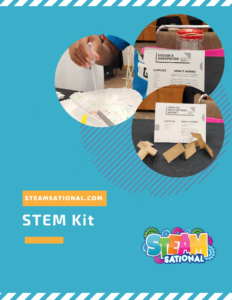
Materials or Supplies Needed for Dancing Cranberries
To ensure a smooth and enjoyable experience, it’s essential to have all the necessary equipment on hand from the start.
This guide aims to simplify the process, providing information and advice on where to find the items you need.. Here you will find cost-saving strategies and hard-to-find supplies!
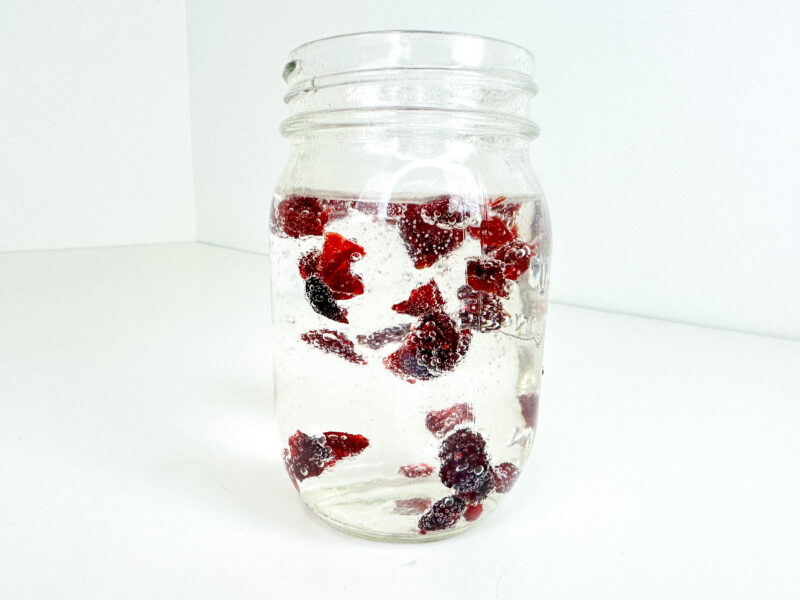
- STEM worksheets
- Dried cranberries
- Club soda
- Clear containers or jars
- STEM Journal
- Stopwatch (optional)
The Science Behind Dancing Cranberries
At its heart, the dancing cranberries activity is a demonstration of CO2 reactions and how they can change how a material reacts.
But in addition to this basic concept, kids can also learn additional information along the way, including some of the following.
During the dancing cranberry experiment, students are formulating hypotheses, conducting experiments, and drawing conclusions based on their observations.
Children can add a math element to this science demonstration by creating graphs or tables to record and analyze their test results based on each variation.
How Does the Dancing Cranberry Experiment Work?
Why do cranberries dance in Sprite? Here is the basic science behind the dancing cranberries science experiment.
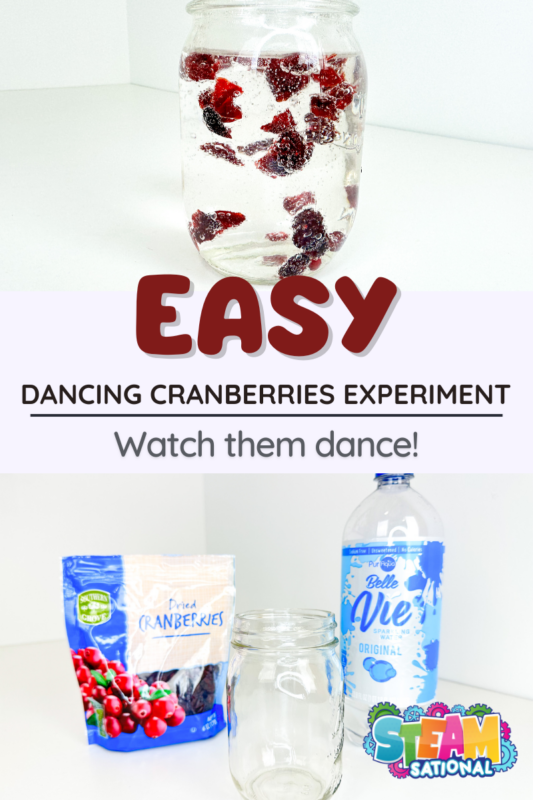
Carbon Dioxide Dissolution
Carbonated soda contains dissolved carbon dioxide gas under pressure. When you open the soda bottle or can, you release that pressure, allowing the CO2 gas to escape from the liquid in the form of bubbles. These bubbles rise to the surface.
Attachment to Cranberries
When you place dried cranberries in the soda, the CO2 bubbles adhere to the rough surface of the cranberries. The surface of dried cranberries (or raisins) is covered in tiny crevices and pits, providing many attachment points for the bubbles.
Bubbles Lift Cranberries
As the CO2 bubbles stick to the cranberries, they create buoyancy. This buoyancy makes the cranberries lighter than the surrounding liquid, causing them to rise to the surface of the soda.
Release and Rise
As the cranberries rise to the surface, they carry the attached CO2 bubbles with them. When they reach the surface, the bubbles are released into the air, and the cranberries sink back down.
Continuous Process
This process of cranberries sinking, attaching bubbles, rising, releasing bubbles, and sinking again continues as long as there is carbonation in the soda. It gives the appearance of the cranberries “dancing” or “bouncing” in the soda.
STEM Classroom Decorations and Bulletin Boards
Here are some fun STEM themed classroom decorations and bulletin boards that will make any classroom more fun!
Science Has All the Solutions Decorating Kit
What is a Scientist Decorating Kit
Science is All Around Us Decorating Kit
Scientific Method Classroom Posters
Science sayings bulletin board decor
Forces of motion bulletin board set
Scientific thinking bulletin board set
STEM Extension Ideas for Dancing Cranberries Activity
Here are innovative ideas for incorporating additional STEM extensions into the dancing cranberry activity that will transform this science demonstration into a STEM activity.
Encourage students to experiment with mixing different fruit pigments, including cranberries. They can observe the interactions between pigments and learn about the chemistry of color formation, touching on pH levels, chemical reactions, and color theory.
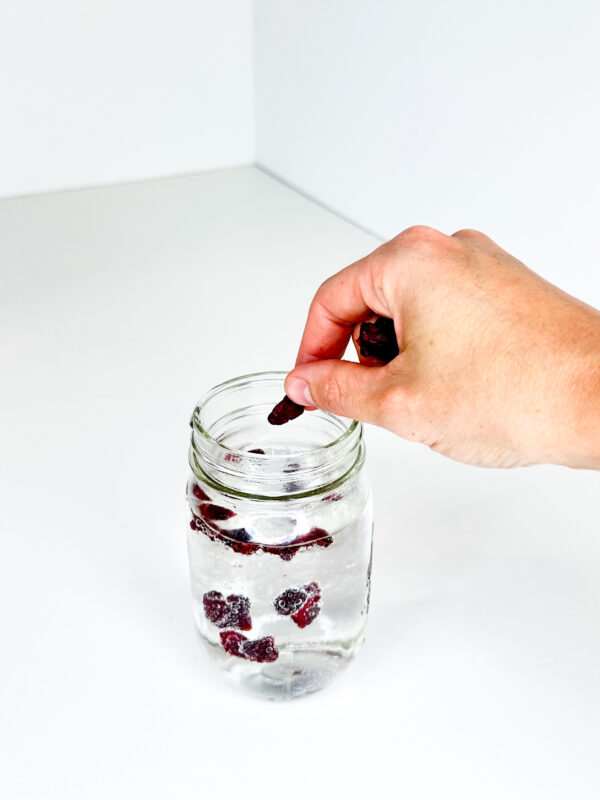
Cranberries are known for their acidity. Test the pH of cranberry juice and compare it with the pH of other common liquids, fostering discussions about acidity and alkalinity, pH scales, and the impact of pH on taste and nutrition.
Explore the science behind growing cranberries, including agricultural practices, wetland conservation, and sustainability.
Students can examine cranberry anatomy by dissecting the fruit to explore its internal structure, including seeds, flesh, and casing.
Discusses food preservation methods such as drying, freezing, and canning cranberries. Students can experiment with these techniques, better-understanding food science and culinary arts while learning how to preserve cranberries.
More Projects to Try
Here are some other fun science experiments to try!
- How to Make Edible Taffy Slime You Can Really Eat
- 15 Explosive and Awesome Chemistry Sets For Kids
- Fizzing Chemistry Experiment: Coke and Mentos Experiment
- 100+ Chemistry Experiment Ideas
Physics STEM Kits for the Classroom
You may find using these physics classroom kit sets handy for helping students understand difficult physics concepts!
Dancing Cranberries Activity Lesson Plan
The Fun Dancing Cranberries Activity is an engaging educational activity for elementary and middle school students ages 5-14. This project mixes a science demonstration with hands-on activities to create a fun and exciting learning experience.
This activity not only fosters creativity but also imparts a scientific understanding of chemical reactions, properties of matter, and more.
Sign up to access the complete STEAMsational project library and get the printable lesson plan below!
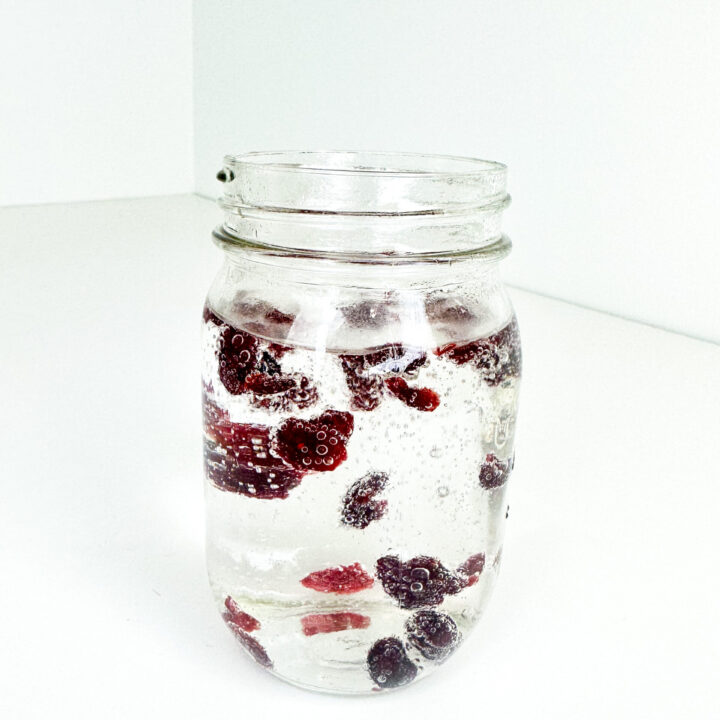
How to do Dancing Cranberries Activity
The dried cranberry and soda science experiment, often referred to as the "dancing cranberries experiment," is a fun and simple demonstration of carbon dioxide (CO2) gas bubbles at work.
Here is a lesson plan to use in your classroom for a hands-on science experiment in chemistry!
Materials
- Dried cranberries
- Clear, transparent glass or plastic container
- Carbonated soda (such as club soda or a clear soda like lemon-lime soda)
Tools
- Timer or stopwatch (optional)
- STEM journal or worksheet
Instructions
Lesson Objectives:
Students will understand the concept of carbonation and its effects on objects placed in a carbonated liquid.
Students will observe and describe the behavior of cranberries in club soda.
Students will apply scientific inquiry skills by making observations, asking questions, and forming hypotheses.
Introduction (5 minutes):
Begin by discussing carbonation with the students. Ask if anyone knows what carbonation is or has seen bubbles in a fizzy drink like soda.
Explain that today, they will be conducting an experiment with cranberries and club soda to see how carbonation affects objects in the liquid.
Emphasize the importance of safety and explain that although club soda is safe to touch and taste, they should avoid putting it in their eyes or mouths during the experiment. If you have safety goggles, demonstrate how to use them.
Experiment Setup (10 minutes)
Distribute clear containers, dried cranberries, and club soda to each student or group.
Instruct students to pour a small amount of club soda into their containers, about half-way full.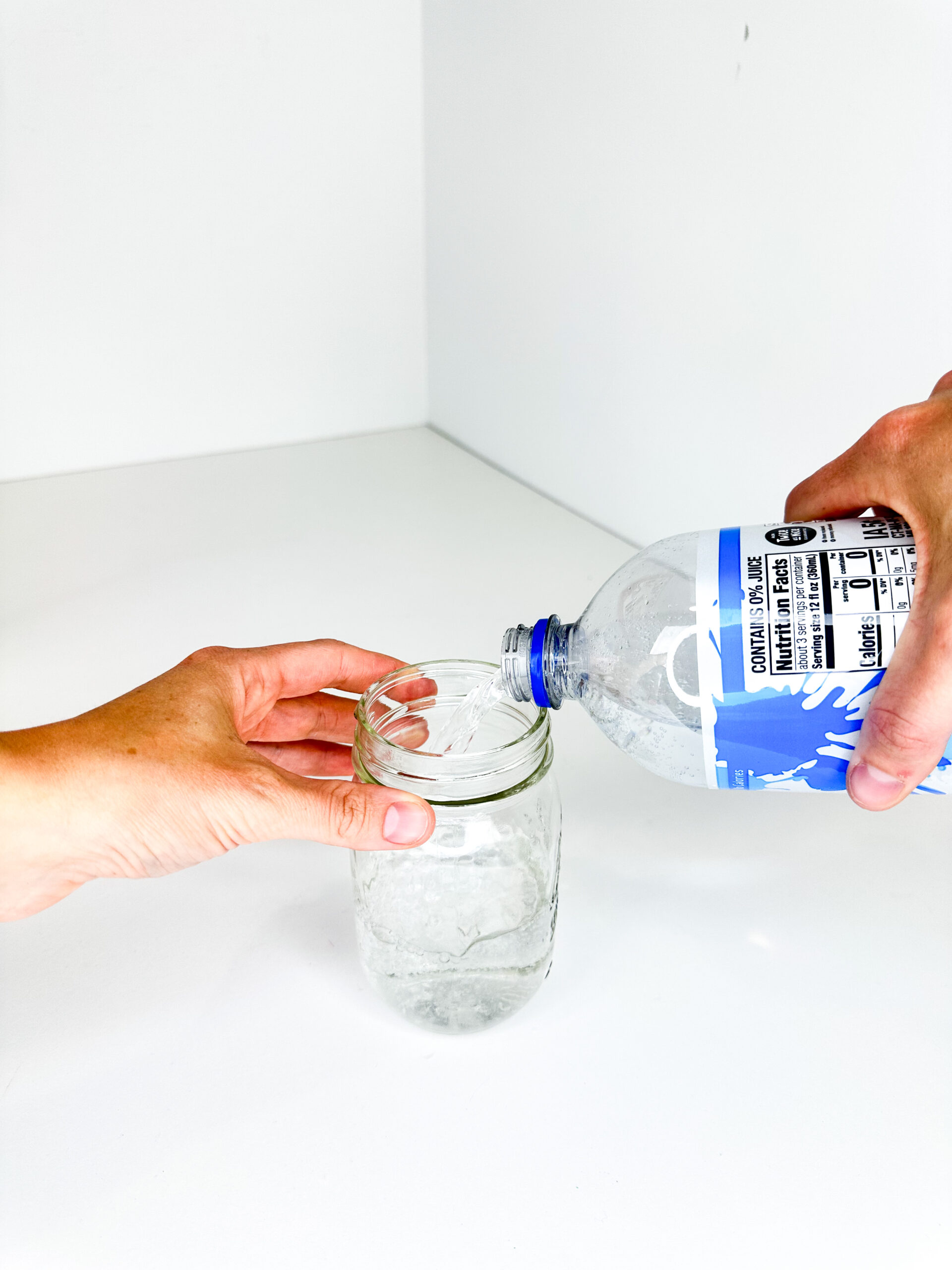
Have students drop several cranberries into their containers filled with club soda.
Observations (5 minutes):
Encourage students to carefully observe what happens to the cranberries when they are placed in the club soda. Have them write down their initial observations in their STEM journals or worksheets.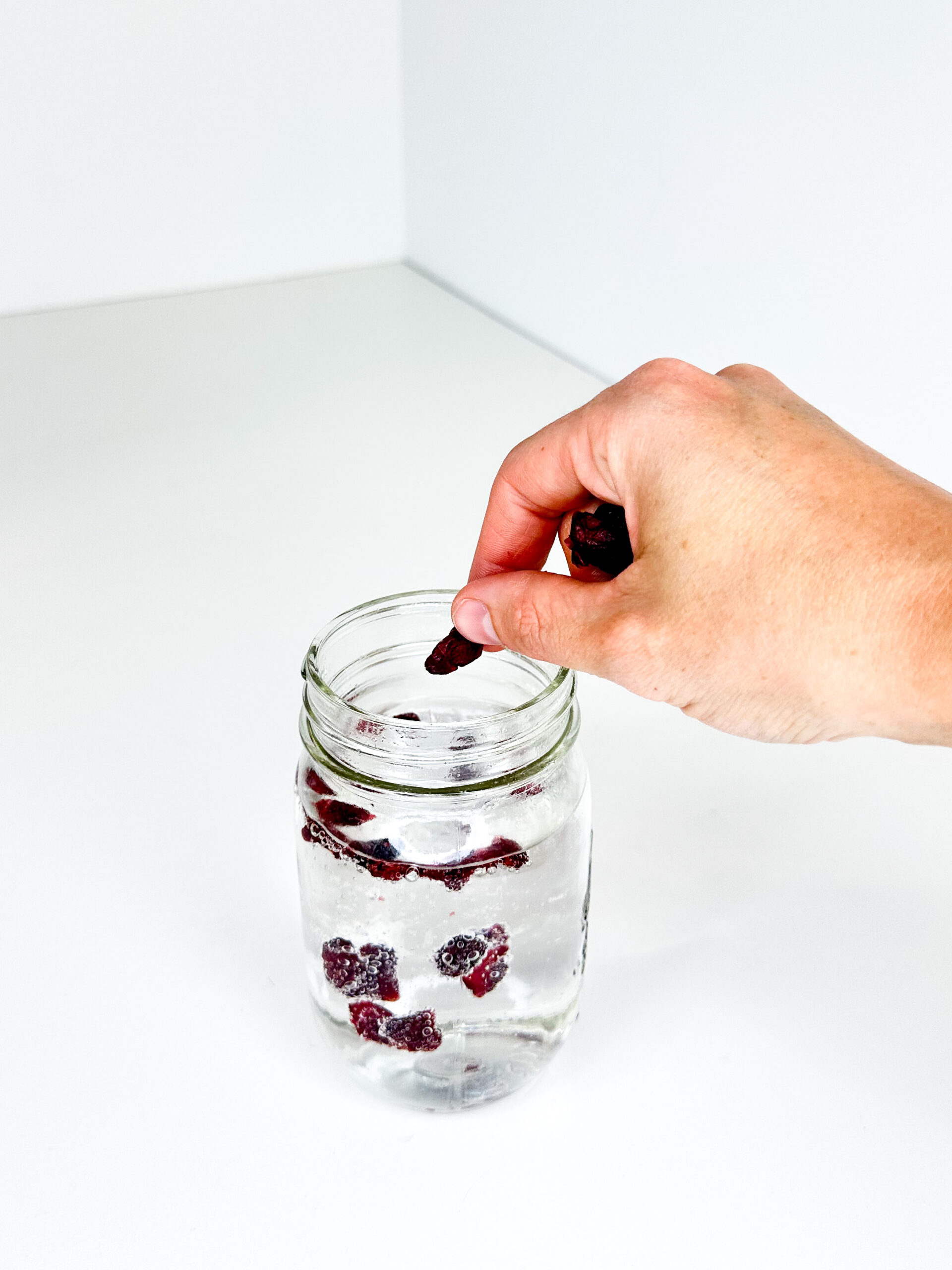
Ask questions to guide their observations:
Do the cranberries immediately sink or float?
Do you see any changes in the cranberries?
Are there bubbles forming on the cranberries?
Discussion (10 minutes):
Gather the students and discuss their observations as a class. Write their observations on the whiteboard.
Guide the discussion to help students understand that the cranberries initially sink but then start to move and "dance" in the club soda. 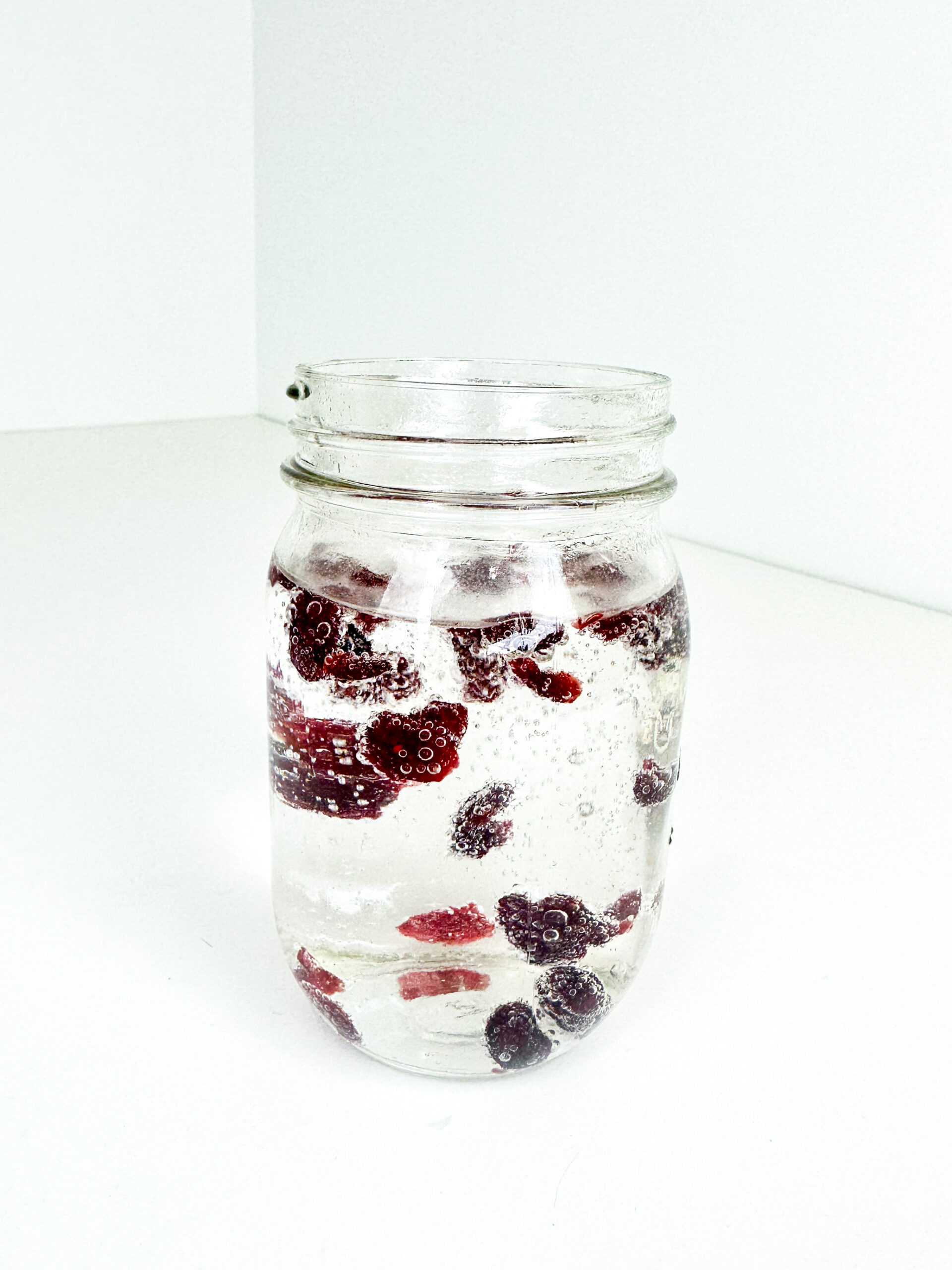
Explain that the dancing cranberries are a result of the carbon dioxide gas bubbles attaching to the cranberries and making them rise to the surface before the bubbles pop.
Discuss the concept of buoyancy and how it relates to the cranberries' behavior in the club soda.
Hypothesis and Experimentation (5 minutes)
Challenge students to make hypotheses about what might happen if they change the amount of club soda or the number of cranberries in their containers.
Experiment Variation (5 minutes):
Allow students to modify their experiments by adding more club soda or cranberries or by using different quantities.
Conclusion (5 minutes)
Have students record their final observations and conclusions in their journals or worksheets. Ask them to explain how their experiments supported or contradicted their hypotheses.
Student Assessment
Assess student understanding through their observations, participation in class discussions, and the accuracy of their hypotheses and conclusions in their journals or worksheets.
Pour some carbonated soda into the clear container, filling it about halfway.
1. Fill a clear container most of the way up with sparkling water.
2. Drop a handful of cranberries into the sparkling water.
3. Watch the cranberries dance!
Recommended Products
As an Amazon Associate and member of other affiliate programs, I earn from qualifying purchases.
Resources to Make Teaching STEM Easy and Fun!
Students engage with STEM subjects through practical application in each of these activities.
These activities foster a sense of discovery and curiosity, inspiring students to ask questions and seek answers.
Additionally, the multidisciplinary nature of these projects integrates various STEM fields, emphasizing the interconnectedness of science, technology, engineering, and mathematics.
These hands-on activities allow teachers to go beyond traditional teaching methods and encourage a more interactive and dynamic approach to STEM teaching.
They can bring creativity and real-world relevance to the classroom, making the learning experience more enjoyable for teachers and students.

